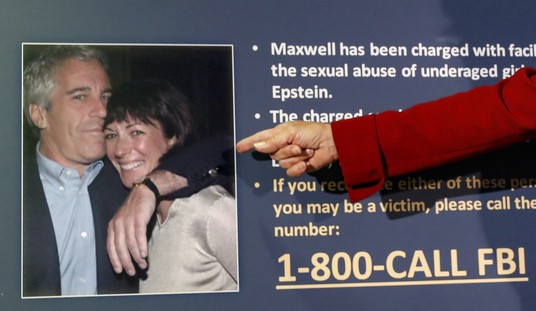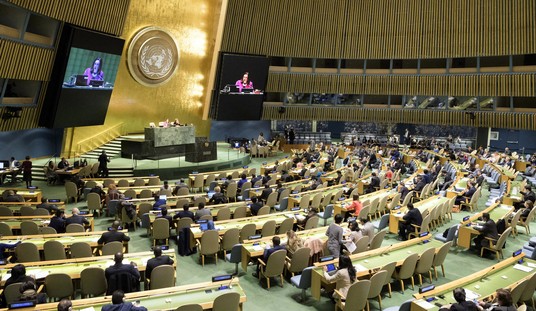On Novermber 2, 2015, Seattle’s Mayor Ed Murray and his counterpart in King County declared a state of emergency over the homeless situation. Since then, local spending on the problem is up sharply but the number of homeless people on the streets is also up. Three years into the emergency, no one seems certain what to do next. From the Seattle Times:
For the last three years, Seattle and King County have split their spending on homelessness between immediate responses, like emergency and winter shelters, and longer-term solutions. Emergency shelters are local governments’ second-largest budget item when it comes to homelessness, behind permanent housing.
Yet governments didn’t know how much they collectively spent on day-to-day operations until The Seattle Times tallied up a price tag: at least $195 million a year in King County. And there is still no clear idea how much money it will take to fix the problem — largely because leaders don’t have a consensus on what the most critical fix is.
Is it getting everyone out of Seattle’s ubiquitous tent camps and inside? King County shelters for single adults are more than 90 percent full on any given night, and families are routinely turned away…
Is it building enough affordable housing to put Seattle rents within reach of homeless people? If so, King County governments would need to double their current investment in affordable housing, to over $400 million a year, according the consulting firm McKinsey & Company…
But even “Housing First” advocates agree that housing is just the start. Nearly half of King County’s homeless people said they had a mental-health problem that hindered their getting housing, holding a job or taking care of themselves. A third said they struggled with substance abuse, according to one survey.
Part of the problem is that homelessness is just a catch-all. The people who wind up on the streets or living in their cars get there. A significant portion have substance abuse or mental problems or both. Then there are others who simply couldn’t keep up with rent and can’t find a way out of a downward spiral. More affordable housing will help the latter folks but won’t do much for the former unless their other problems are addressed first.
Meanwhile, Seattle business owners are getting fed up with the crime, the threats, and the people sleeping on the ground outside their businesses. And ordinary residents of the city are tired of the garbage, the human waste, and the spending by the City Council which never seems to make anything better. Seattle’s City Hall has literally become a homeless shelter but as this Seattle Times graphic shows, the number of homeless on the streets have increased dramatically since the emergency was declared.

The city of Portland started a similar push to eradicate homelessness in 2015. The goal was to provide shelter for every family that requested it. But very quickly word spread and people started coming from other areas to take advantage of the offer. Two years after it was launched, the initiative went broke. It had spent it’s $2 million budget and gone $1.5 million more into the red.
This is a constant issue when dealing with homelessness. The more generous the solution, the more likely you are to attract homeless people from other cities or even across the country. So the solution many have suggested is a statewide approach. But again, that could have the same result unless other states with similar problems also launch a comparable program.
In the meantime, the Seattle Times reported that Washington, DC was able to cut its population of homeless families by 20 percent by making public shelters a last resort:
When a family comes in asking for shelter, staff checks shared records to make sure they’re not from one of D.C.’s suburbs; if they are, they’re referred back home. If they are from D.C., the city can set up mediation to smooth over disputes so families can stay with relatives rather than go to shelter.
Since 2015, the district has used these approaches to divert 6,000 families from staying in shelter, according to Greenwalt. That’s more than half the number of families who have asked for shelter at the city’s family-resource center.
Any successful approach to this problem is probably going to require more money but the money has to be combined with a real efforts to turn away people who have other options (so as not to overburden taxpayers) and with confronting people who have addictions rather than providing a lawless zone on the streets for them to kill themselves with alcohol or drugs.








Join the conversation as a VIP Member